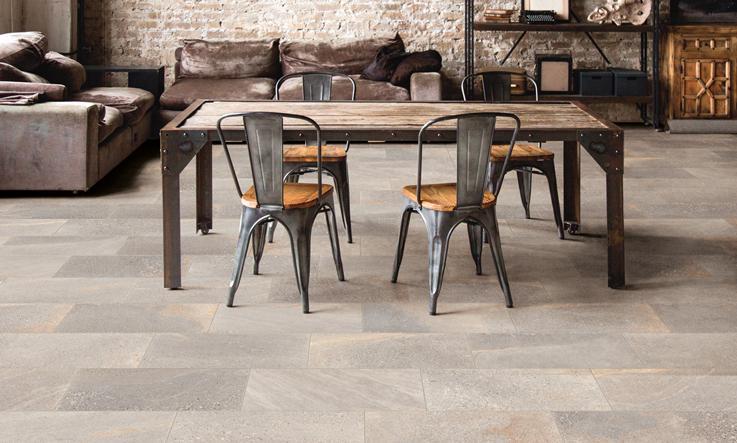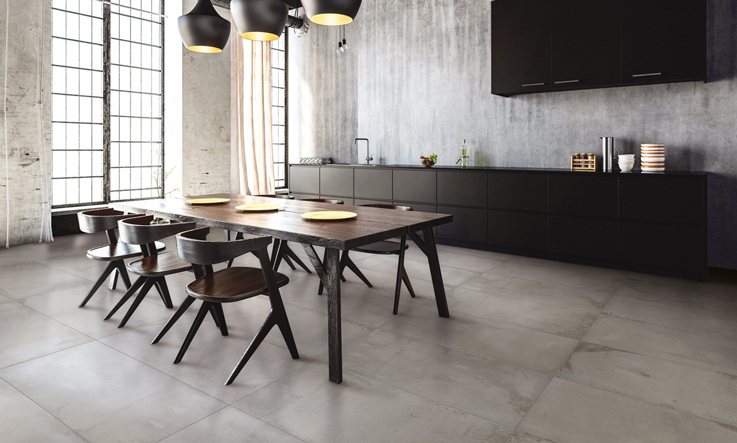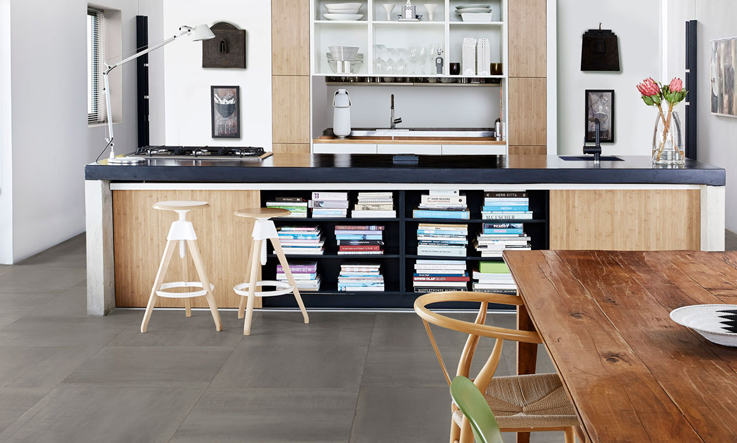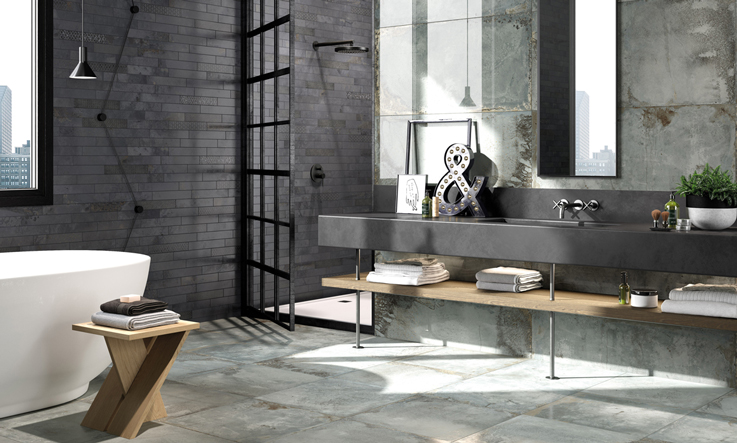
Rustrial: let's find out more about this contemporary style
We cannot talk about the most popular style of the moment, the Rustrial, without first referring to the Industrial Style, from which it draws its origin and inspiration. The Rustrial style is in fact a direct evolution of the Industrial style - that began to develop in the late 60s in Manhattan, and then slowly spread all over the world - in which the more traditional rustic style is integrated.
Origins of the Industrial style

The shortage of affordable homes, which is typical in large cities, culminated in the years of the New York boom, prompting people to strive to find alternative housing solutions. So at the end of the 60s we have witnessed the first reconversions of industrial spaces, including the famous Factory by Andy Wahrol, where space is brought to a whole new dimension with very high ceilings, windows that occupy the whole wall, exposed bricks in Indoor spaces and, above all, with the creation of the first open spaces. Alongside this, the decision to leave structural elements such as beams, suction pipes and ventilation ducts uncovered characterized the Industrial style, such as the division of spaces thanks to the position of certain furnishing elements and the use of metal, which becomes an identifying and characterizing element.
The advent of the Rustrial style

Like all styles, after an initial enthusiasm, the Industrial style also experienced a period of sharp decline, but in recent years it has experienced a new period of glory and has returned to spread even in other spaces than the classic loft. The recent advent of Rustrial style, has done nothing but given new life to this style and in some ways, it has even raised its level. If the Industrial style was born mainly because of the reconversion of industrial spaces, it endeavored to maintain some original elements such as concrete floors or brick walls, so it was often considered a somewhat cold style. The introduction of wood in order to soften the icy atmospheres of the style contributes to the creation of a new balance between the traditional rustic and the modern industrial, between the essences of wood and the neatness of steel and concrete. But let's speak about the spaces of our homes and see how they could take on a rustrial style thanks to some simple tricks
Living area

Whether it is an open space dining room or a kitchen, the inclusion of a wall with stoneware bricks immediately confers a metropolitan and refined look. If there is an open kitchen, you can use the same covering in the backsplash area, but declining it in white or light tones and combining it with wooden shelves and furniture with a country style, in order to emphasize this urban look in a pleasant and cozy way. As for the dining table, the choice of a model in raw wood that can be combined with metal chairs is almost a must for this style, which can however be enriched with new vintage elements. In the living area, you can achieve a comfortable atmosphere with the Rustrial style, by using club or chester armchairs in aged leather, classical-style rugs and lamps in wood, or wood and iron, in order to obtain a pleasant sense of welcome. However, the furnishing element that cannot be missed is a wooden bookshelf, which has to be positioned like in the lofts, where it was used as a dividing element to create two different spaces. It is a versatile furnishing element that can be used to contain objects and books and which you can enrich with different types of plants
Sleeping Area

Starting from the stylistic premise of leaving the bedroom as free as possible, there is an increase in the use of footrests, which raise the bed and create more storage space or bridge wardrobes, that are able to accommodate single or double beds, which can be reached through a ladder. On the other hand, the use of Japanese beds is very popular. They are chosen because of their neat elegance and they can be placed directly on wooden floors or wood effect porcelain stoneware to confer a rustic touch to the room. The room where it is easier to try different furnishing solutions is, as always, the bathroom. Here you can choose a concrete look, using concrete or resin effect floors and coverings, perhaps with mosaics containing metal floor elements, or you can use wood effect porcelain stoneware and wooden furniture, combined with colored coverings in neutral tones. Some furnishing elements can add a vintage touch to your bathroom, like retro-objects or pieces of modern antiques which should be well positioned on wooden and iron shelves. Some metal effect tiles, both in dark shades and in the typical oxide colors, if combined with anthracite painted metal structures and wooden furniture, shelves and stools, can contribute to create absolutely unique rustic-industrial bathrooms
A note on color
We previously mentioned the use of colors, we complete the discussion by saying that the Rustrial palette does not differ from the one of the industrial style. Neutral and neat tones are therefore preferred, which base their variations more on light than on color, going from dark tones, like black, anthracite and bronze, to lighter ones, such as beige, greige and white, always in a shabby style. The other used colors , always in a monochromatic style, are those shades that are already present in the structural elements of the house or loft. This means that there is a recovery of the shades of metal, rust, brick and wood.